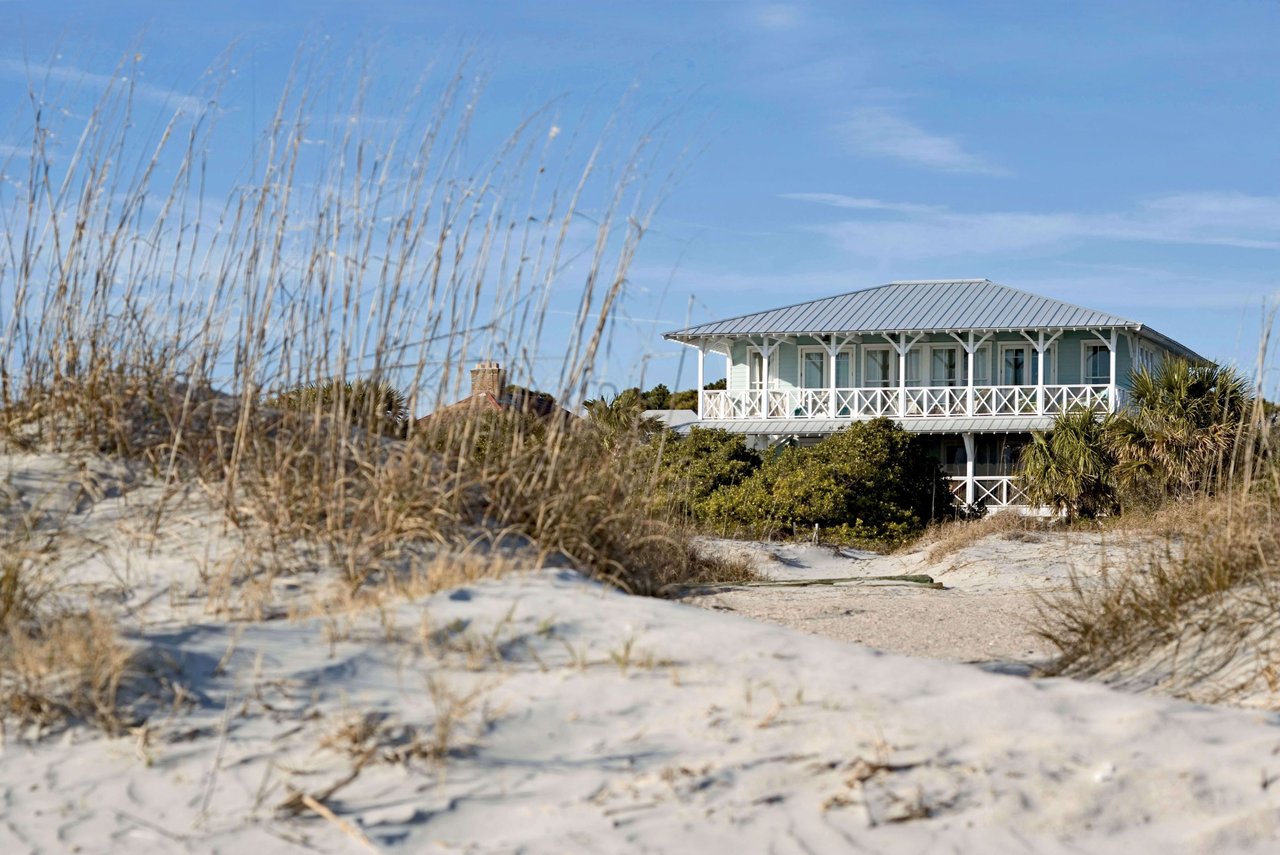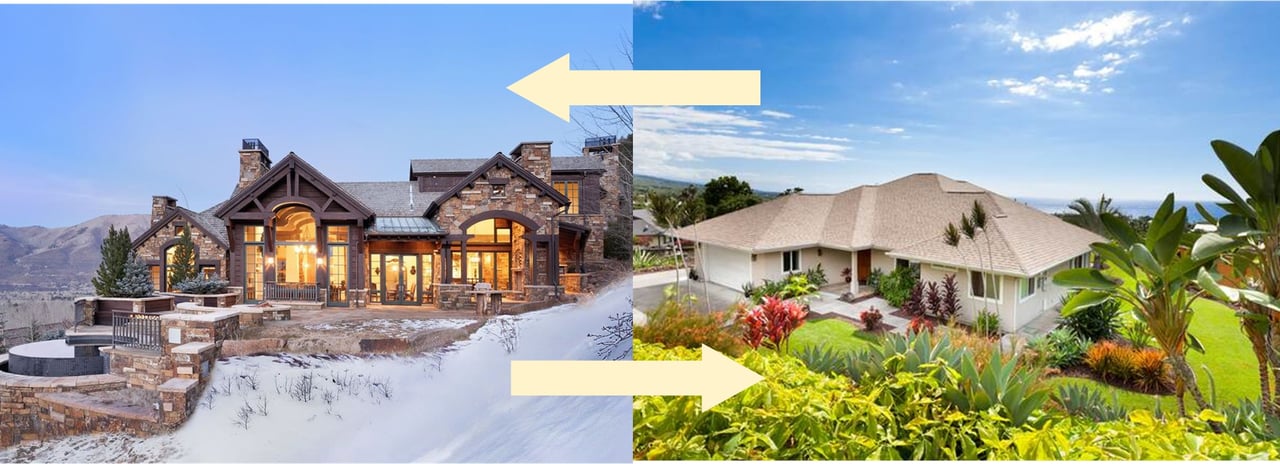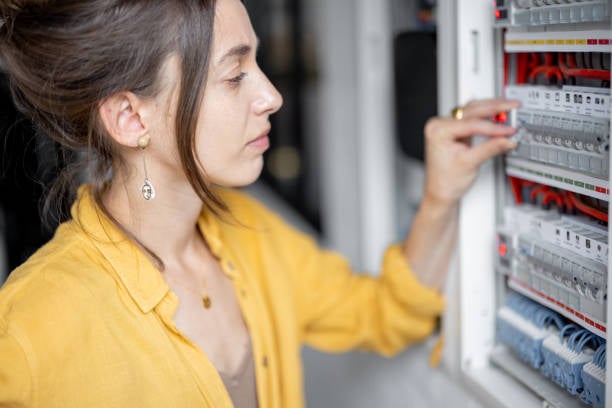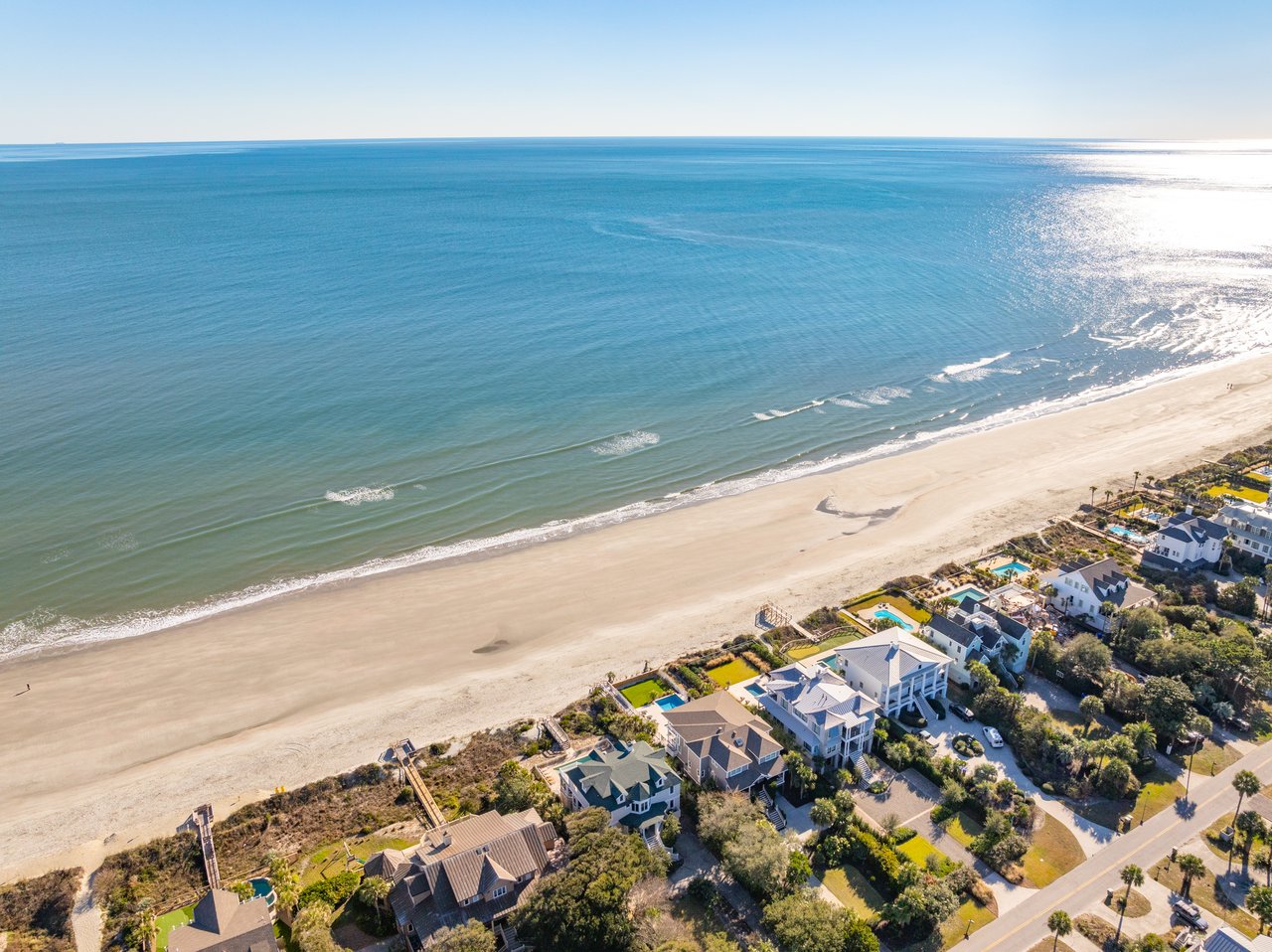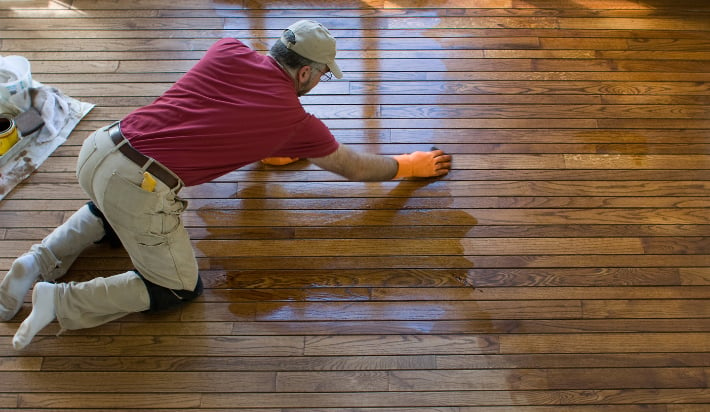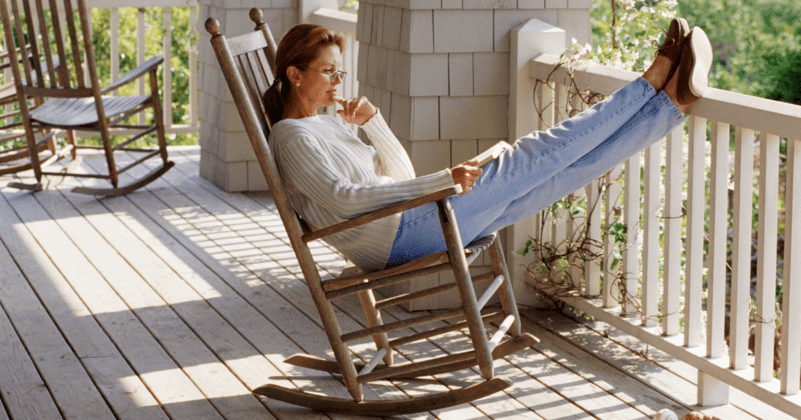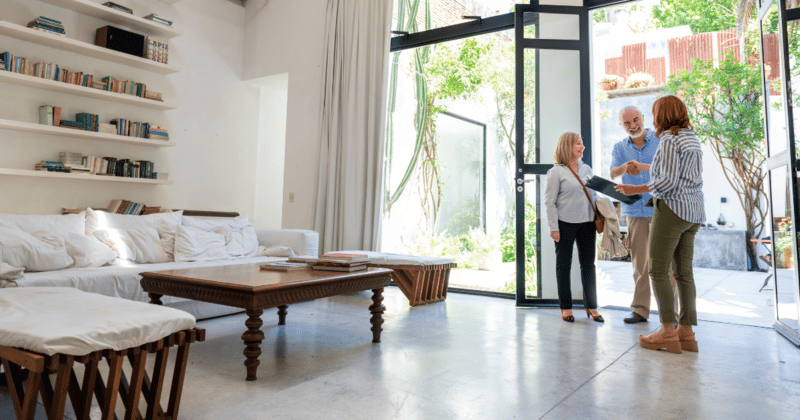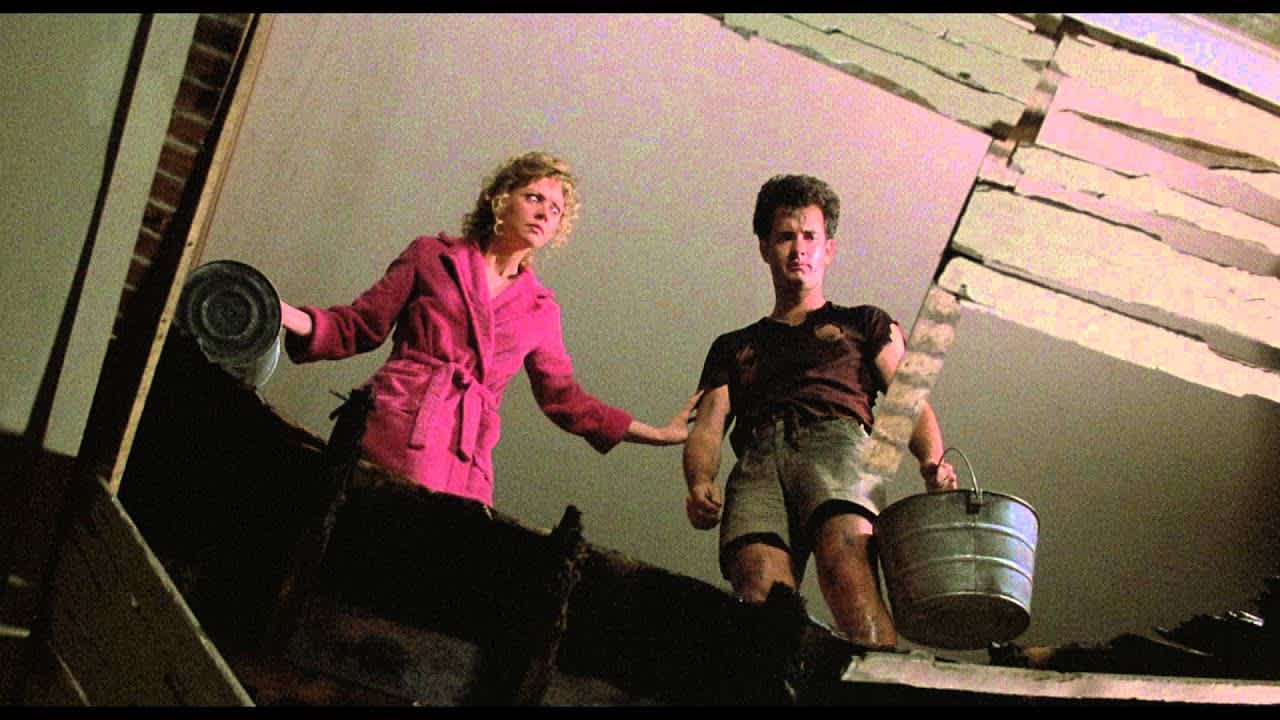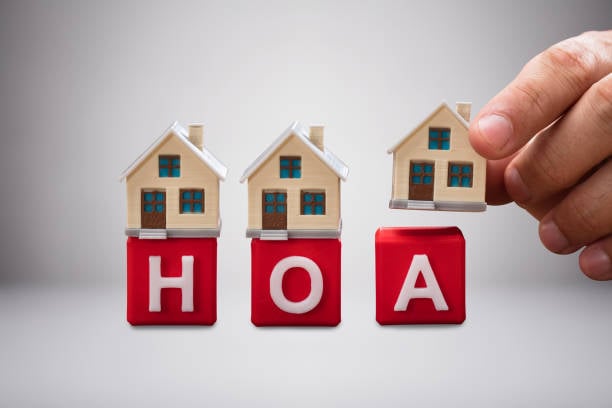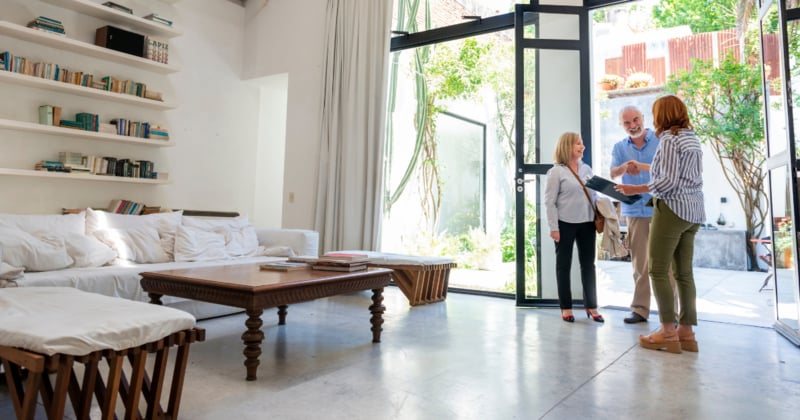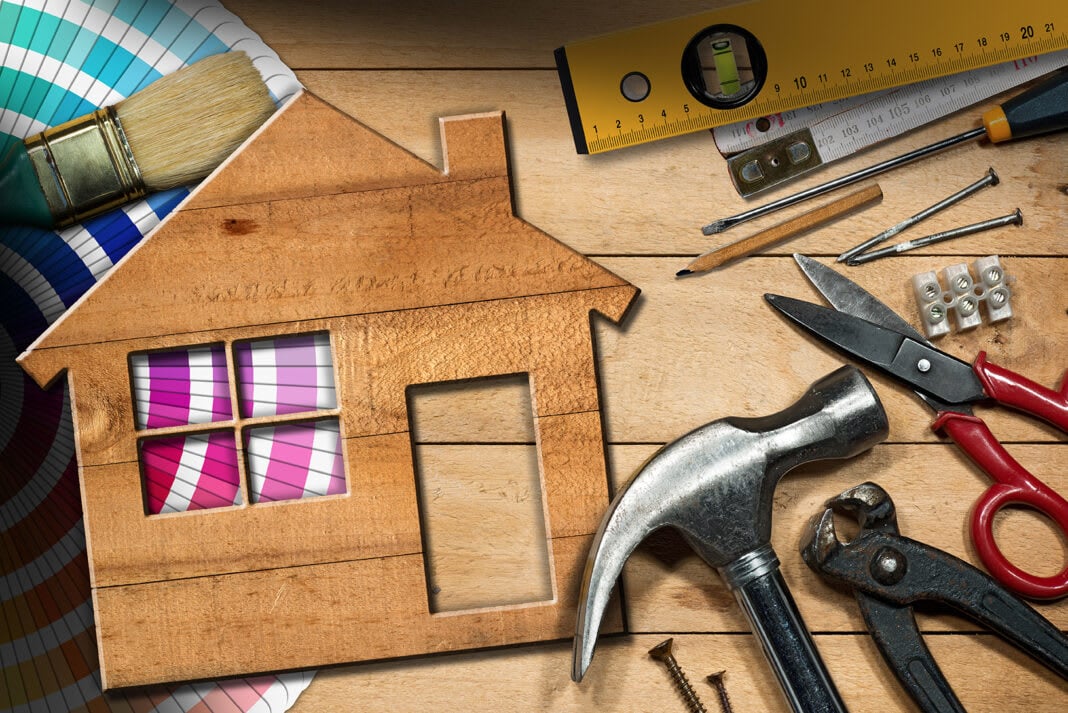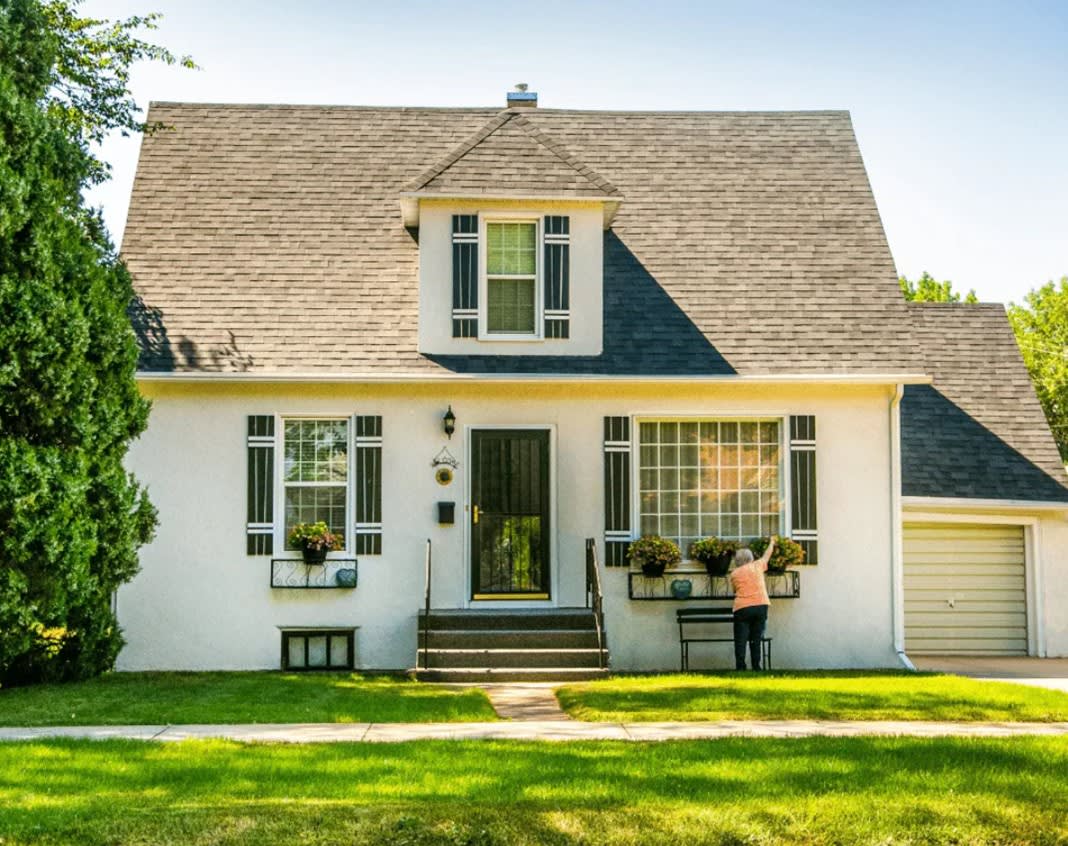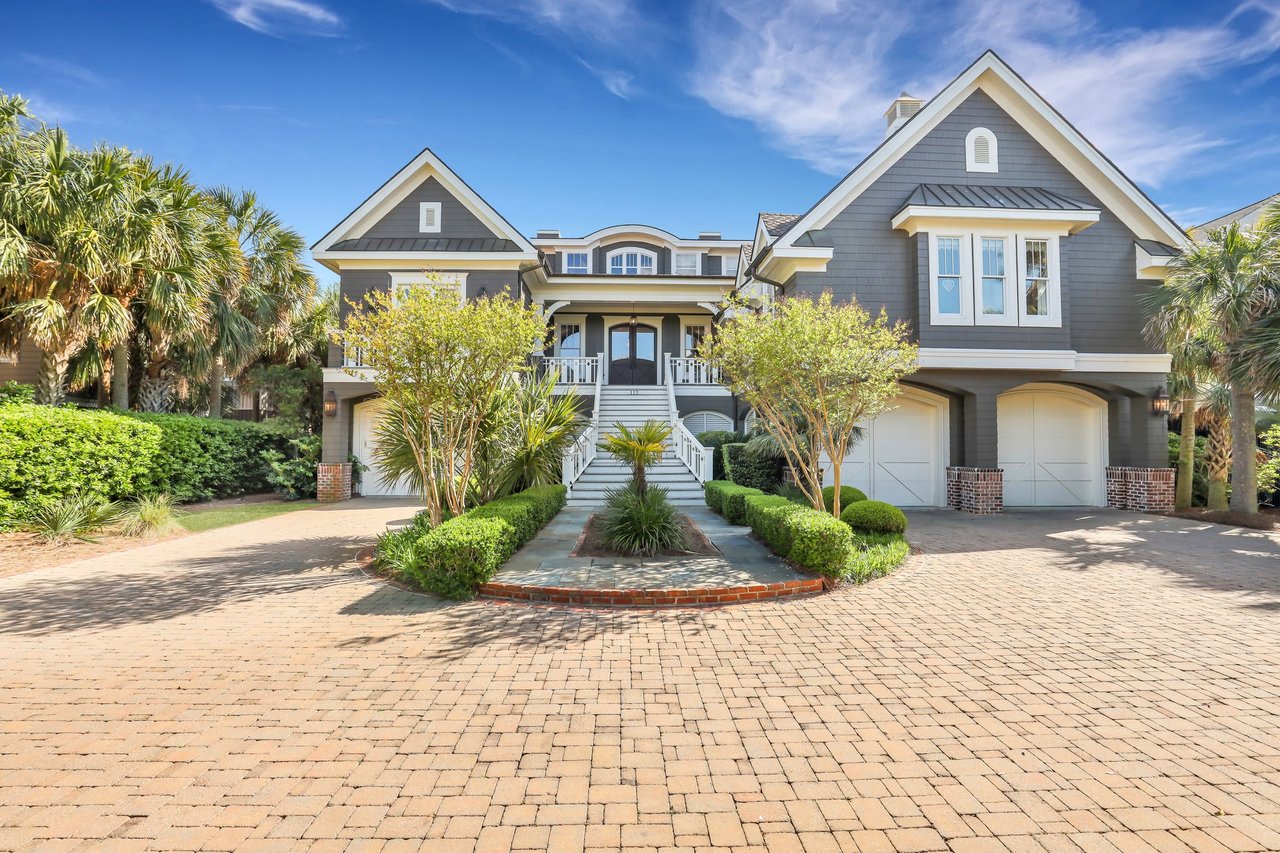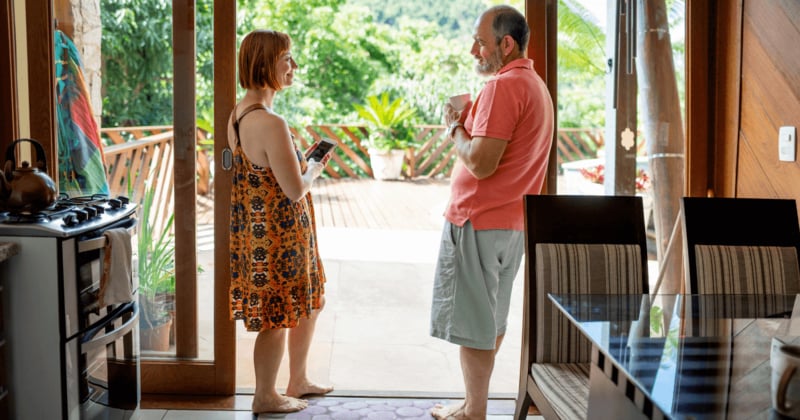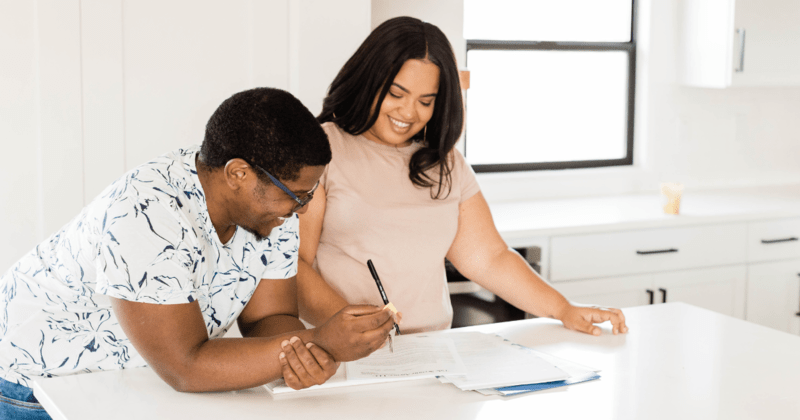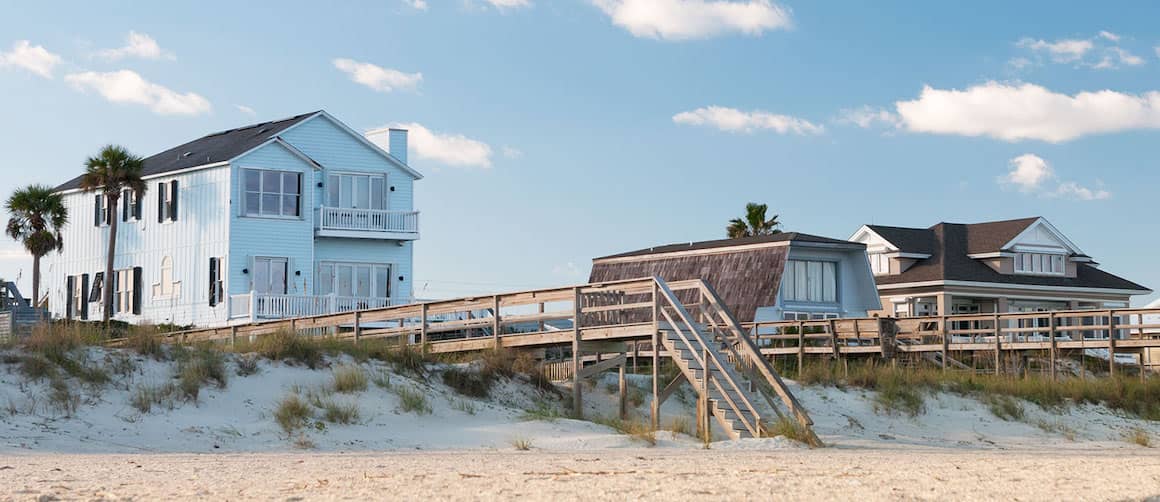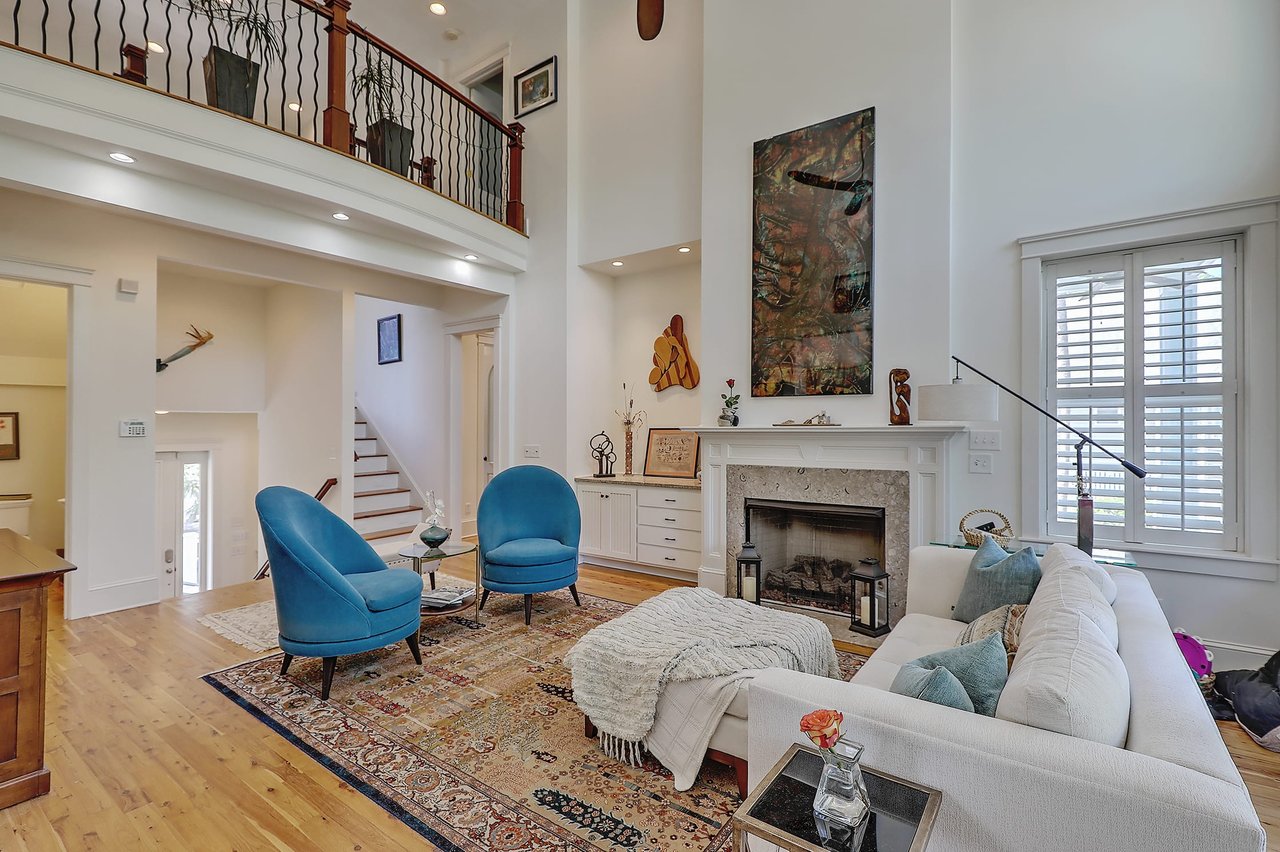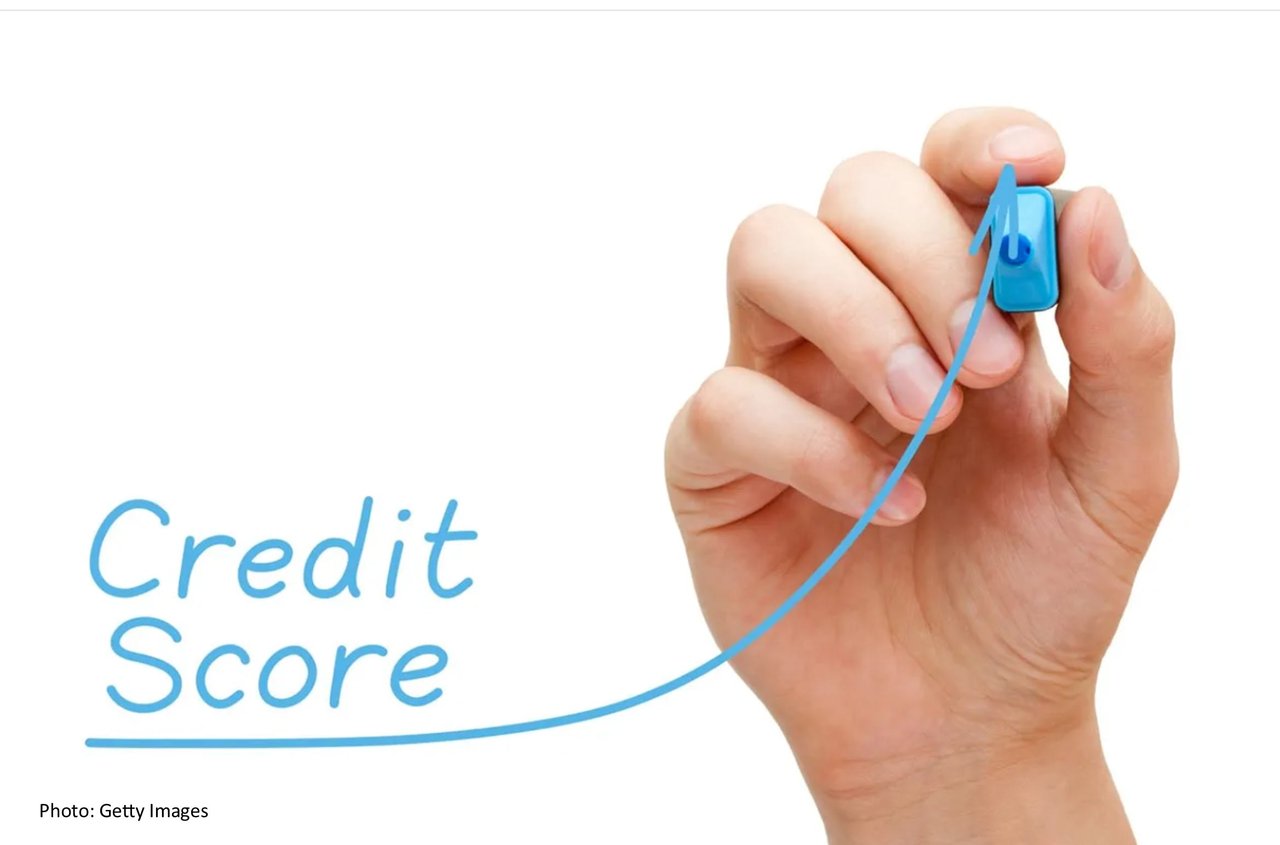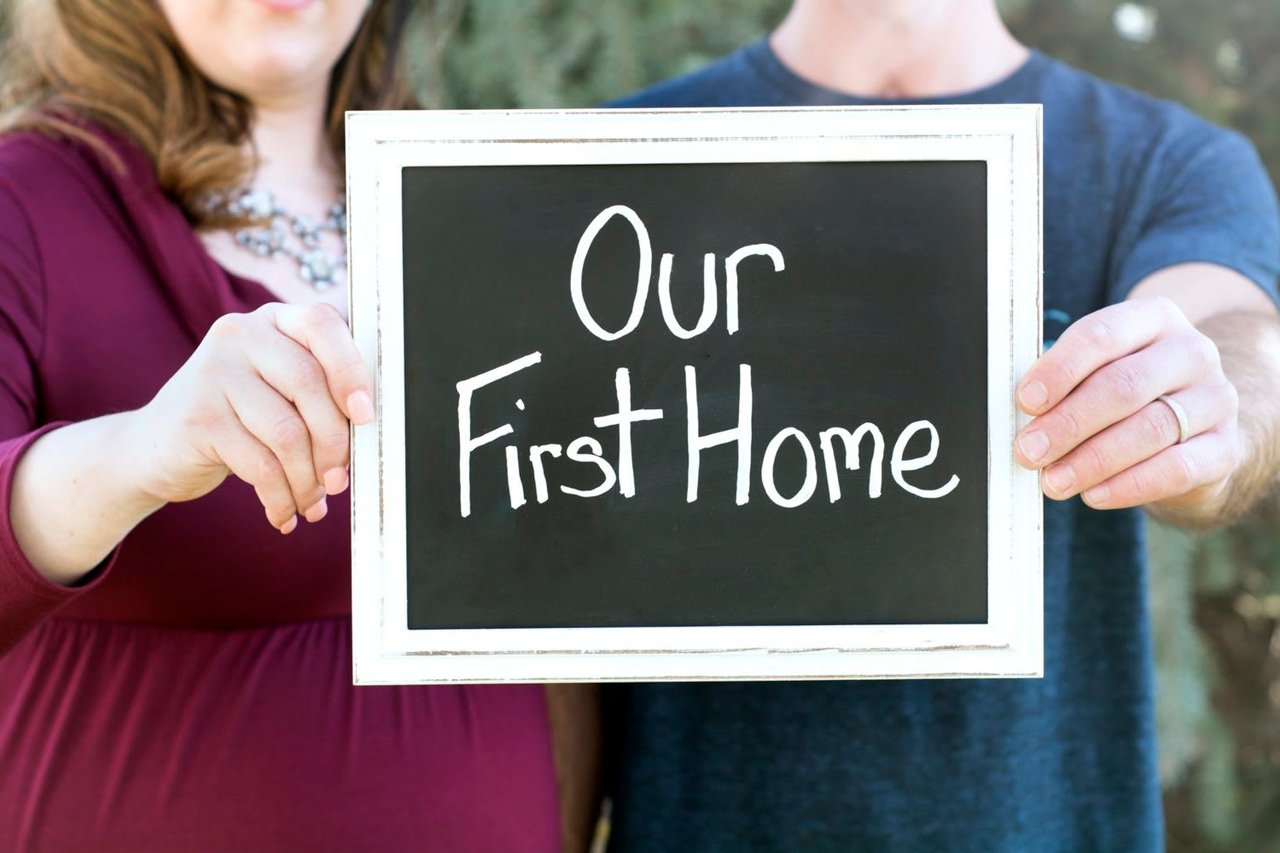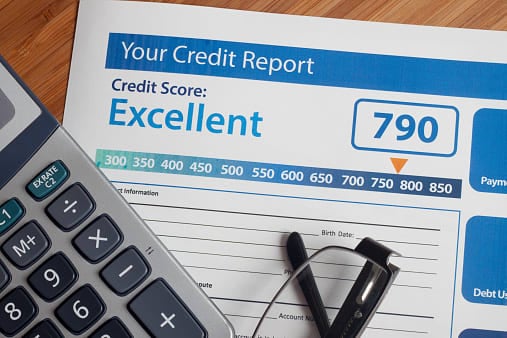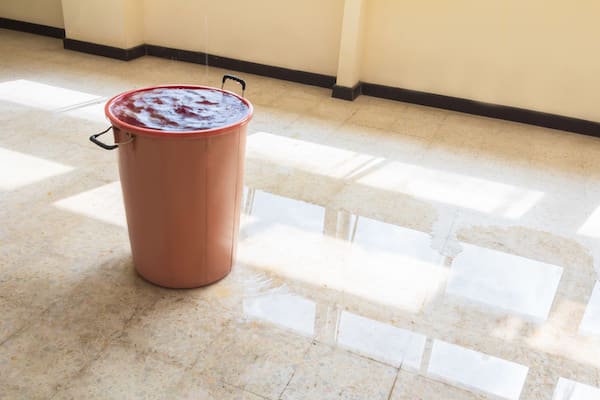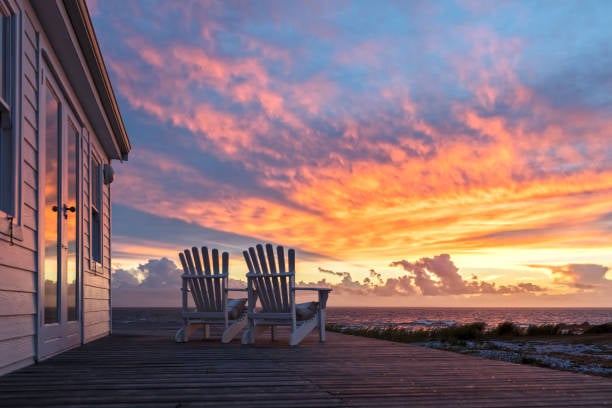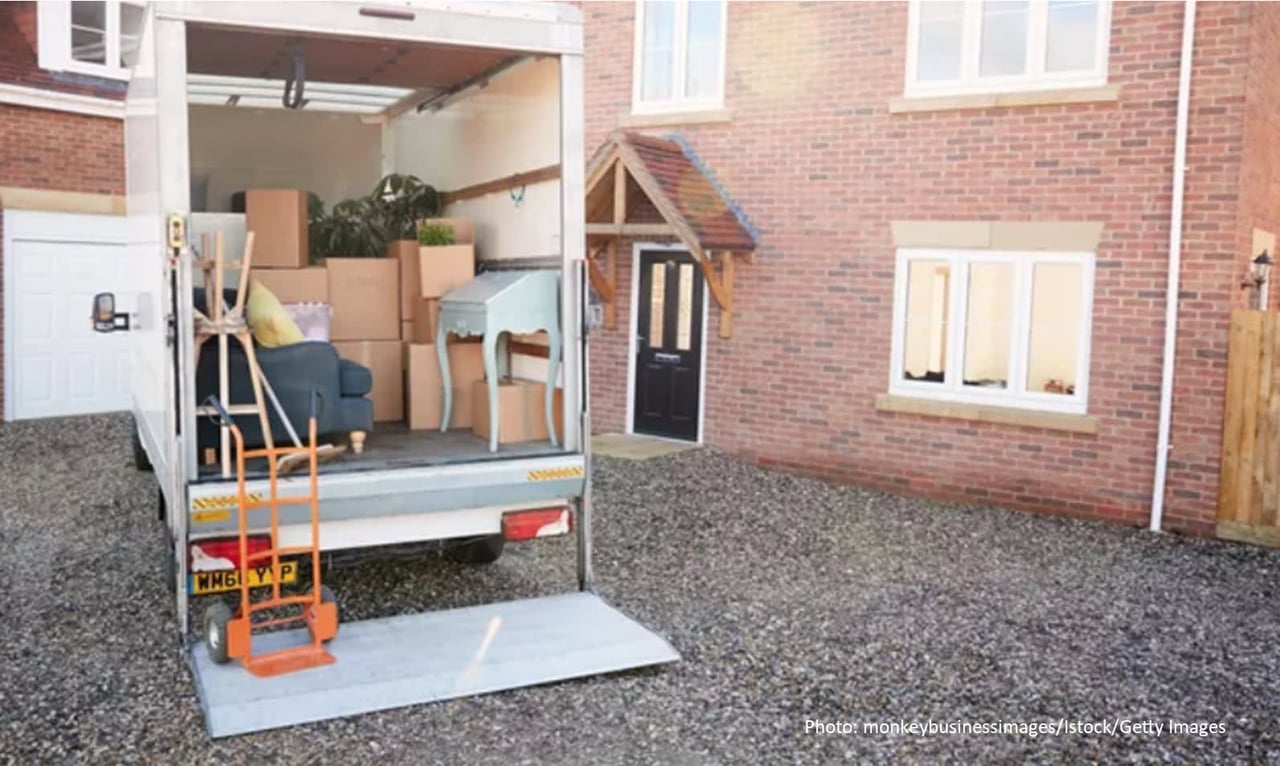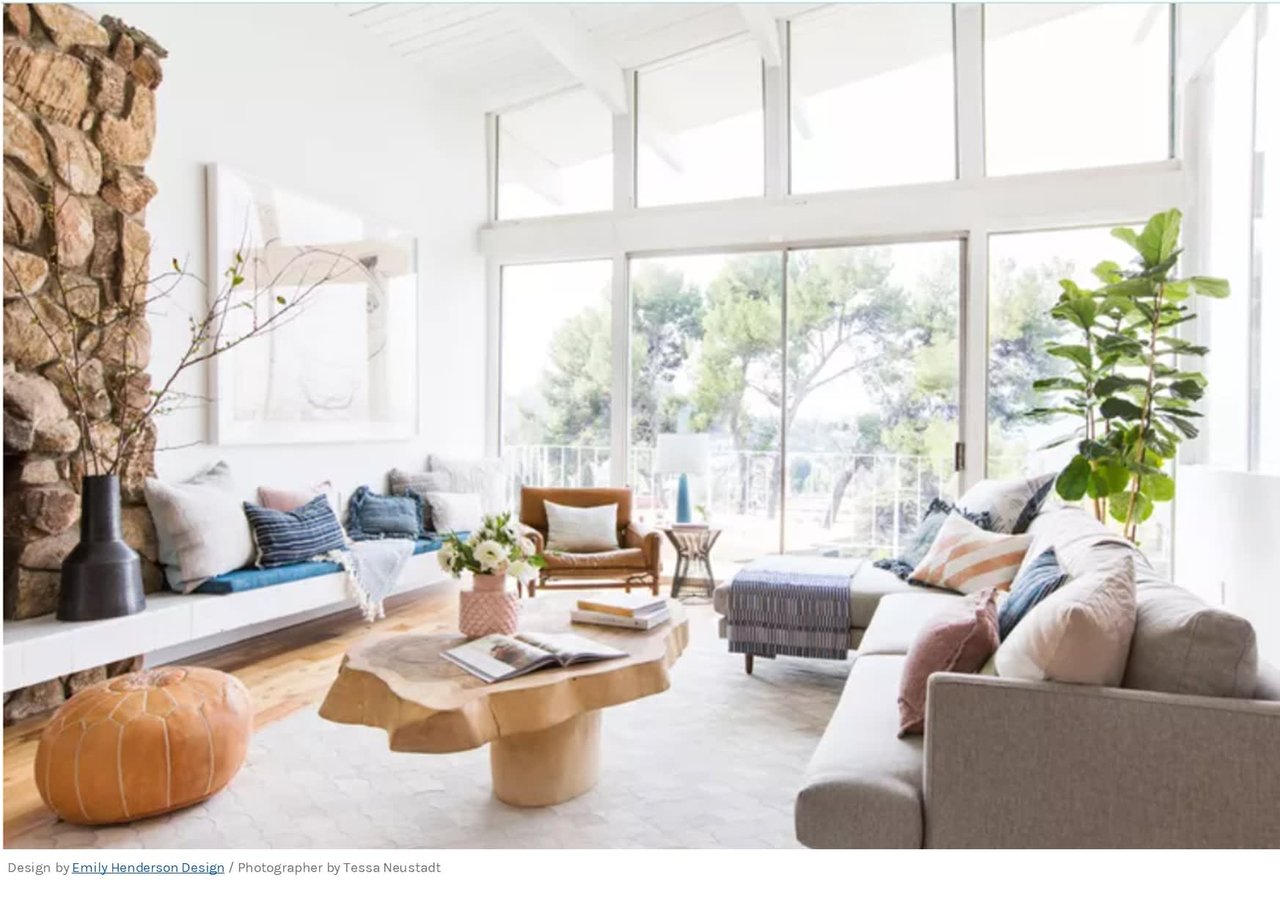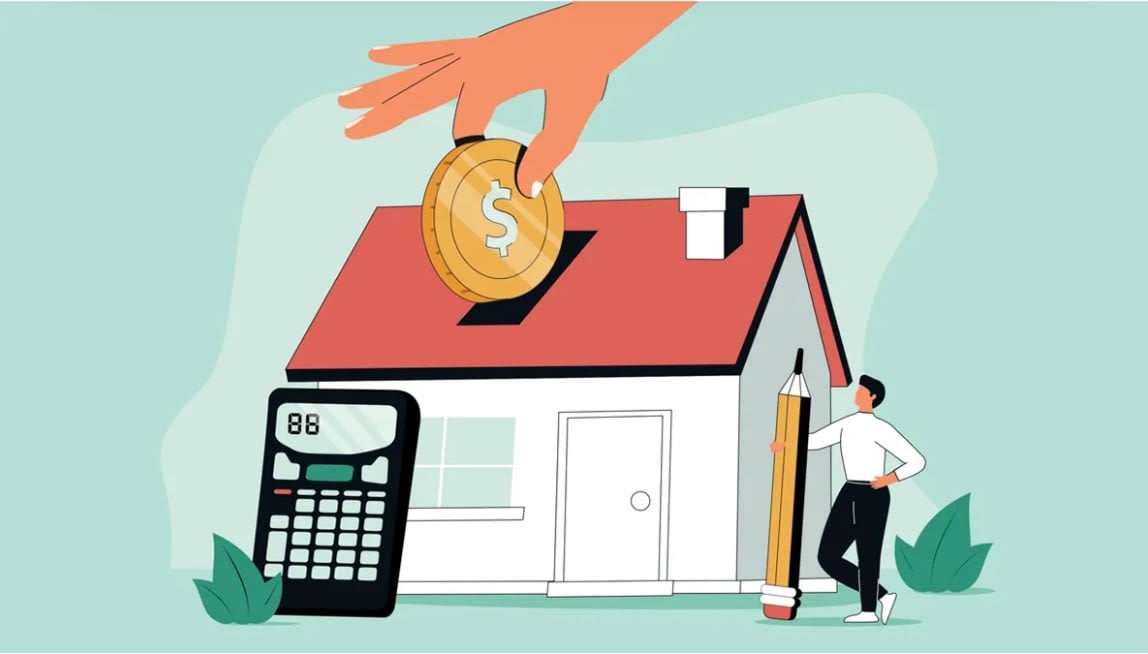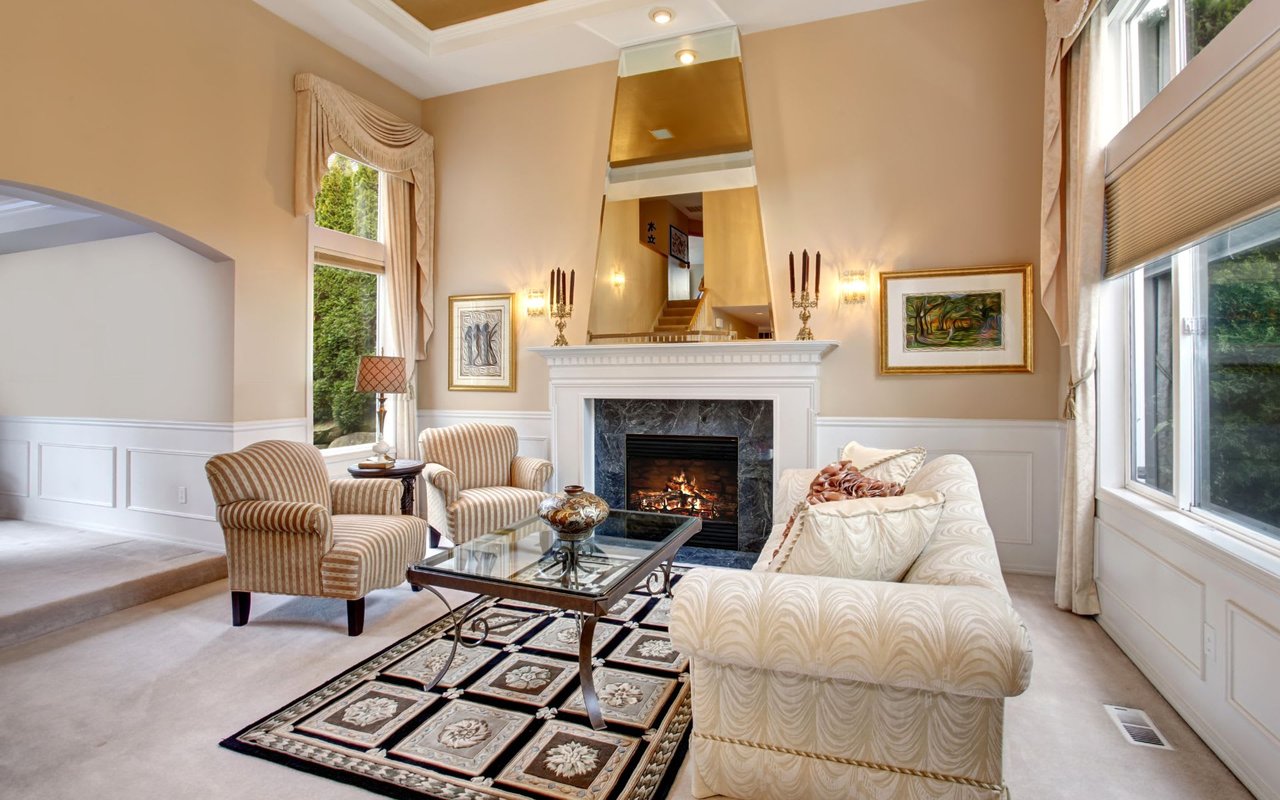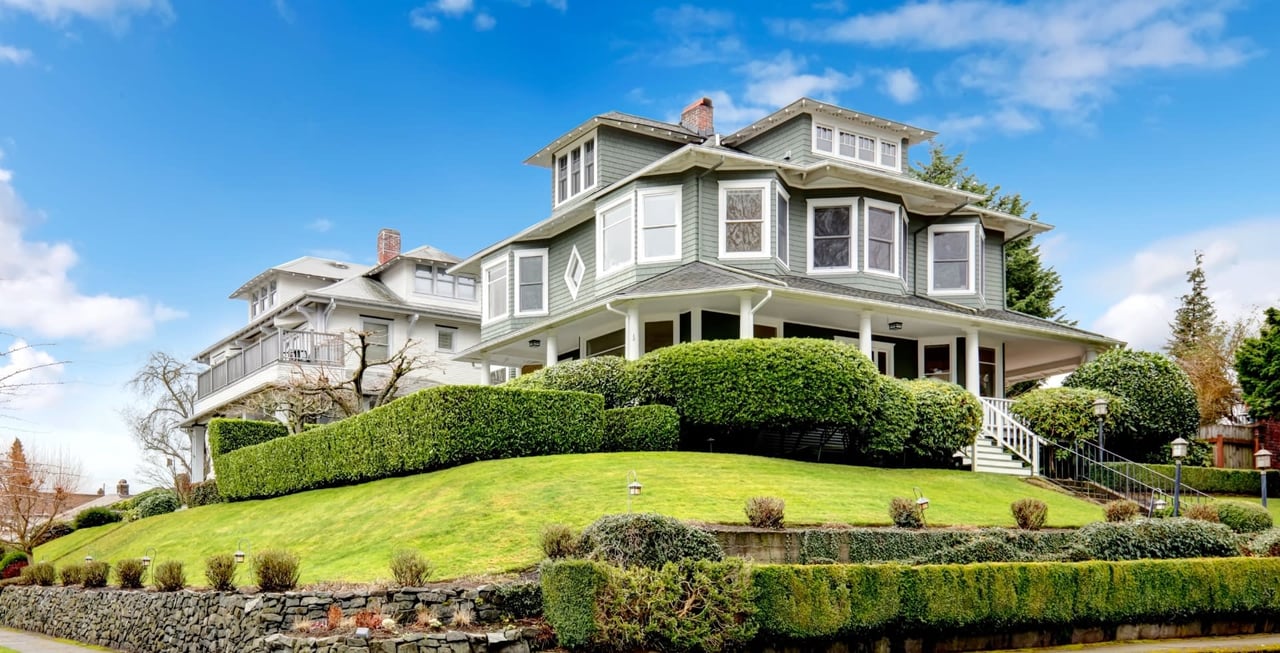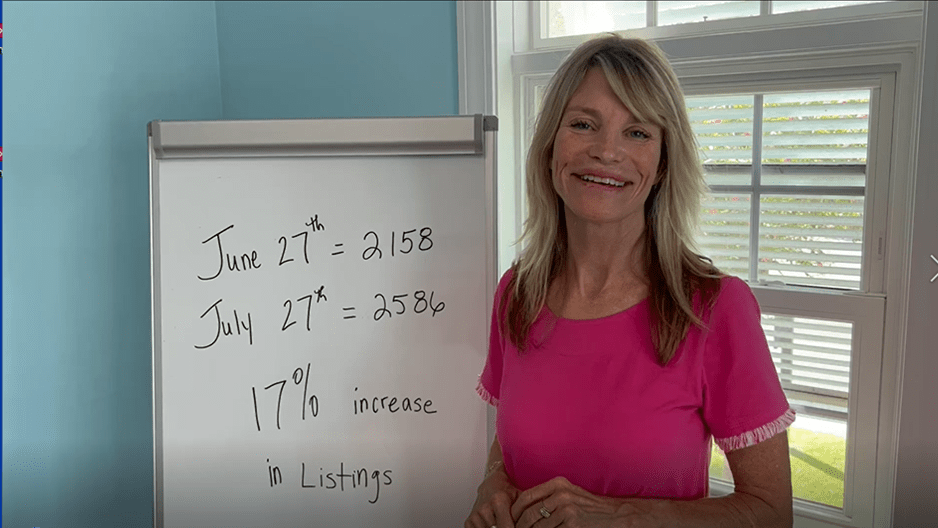Buying a second home is a big step, but one with personal and financial rewards. Perhaps the most obvious is — it’s a place to holiday. Owning a vacation home beats staying in a tiny hotel room, spares the hassle of having to make reservations, or worrying about the cost of rental rates and restaurant prices each time you want to take a trip.
And over the long term, a vacation home can provide many other financial benefits. You build wealth as the home appreciates in value, and if you choose to rent the home when not using it, it can also provide a lucrative stream of passive income.
Whether you’re considering buying a vacation home now or it’s still on your wish list for the future, there are steps you can take to make the process more seamless.
How to buy a vacation home
As with any home purchase, buying in a new area requires serious thought and preparation.
Step 1: Decide how you’ll use the vacation home
If you don’t yet own a home, you can use the vacation home as your primary residence. You could qualify for a home loan with just 3 percent down, assuming the purchase price isn’t greater than the conforming loan limit in your area, and take advantage of homeowner tax benefits.
You can also use the property as your second home, but you’ll likely need at least 10 to 15 percent down to secure a loan. Still, you’ll get the same tax perks as you would if the home was your primary residence.
The vacation home can also be used as an investment property if you plan to rent it out when it’s not occupied to help cover the monthly mortgage payment. However, if you’re primarily using it as an investment property (rough rule of thumb: you’ll live there for less than 14 days annually), you’ll pay more in interest on the loan, and the down payment will be much higher.
Step 2: Determine what you can afford
Before you can purchase a second home, it’s important to understand the costs you might face.
If there’s a mortgage, then there are expenses for principal, interest, taxes and insurance (PITI). In addition to your monthly mortgage payment, there are other expenses associated with vacation property ownership, whether you fund them yourself or by using rental income. These expenses generally include:
-
Maintenance and repairs
-
Management and vacancies (if you rent)
-
Furniture and housewares
To offset costs, vacation property owners may want to consider short-term overnight rentals through platforms such as Airbnb, FlipKey or HomeToGo, as well as in-season rentals through a local real estate broker.
According to the IRS: “If you rent a dwelling unit to others that you also use as a residence, limitations may apply to the rental expenses you can deduct. You’re considered to use a dwelling unit as a residence if you use it for personal purposes during the tax year for more than the greater of: 1. 14 days, or 2. 10% of the total days you rent it to others at a fair rental price.”
However, the very nature of a second home can mean other costs, as well. If you’re 150 miles from the property, for example, who will look after it? Who will check the property in the event of a storm? Will somebody stop by regularly to check for theft or vandalism?
If you’re thinking of buying property by the beach or in a forested area, look into the availability and cost of insurance before you buy. You can’t get or keep a mortgage without required insurance coverage, so make sure it’s both available and at an affordable price.
Step 3: Seek out a local lender
It’s best to look for a mortgage lender who specializes in second homes in the area where the property is located. The lender will have ready sources of financing and understand the required rules and specifics of the area you’re buying in.
How you finance, for example, depends on where your vacation property is located. For lenders, a second home carries more risk than a primary residence — in the case of a downturn, borrowers are most likely to priortize payments on their primary residence. To offset that risk, buying a second home typically requires more money upfront and the financial capacity to afford two homes; if you borrow, loans come with higher interest rates.
Matters become even more complicated if the property is to be rented. Once rent is in the picture, lenders wonder whether they’re financing a second home or investment property. The difference is important because it’s easier to qualify for second home financing than for an investment property loan.
Another complicating factor arises when the property has unrelated individuals buying together — the lender wants to be sure that the property will not be devalued by squabbles among owners. The best approach is to have an agreement in writing, created by an attorney, that shows how the property is to be owned and operated.
The list of complications goes on, but the important point is this: An experienced lender with localized knowledge will be your best resource when looking to buy a vacation home.
Step 4: Decide how to finance your vacation home
Once you find a lender, consider your financing options. You may be considering paying the down payment through savings, a cash-out refinance from your primary residence or a home equitey line of credit (HELOC). Your own funds are often the best option because you won’t tack on additional debt.
While lenders can be liberal in some ways when financing a primary residence, vacation homes are different. FHA and VA loans are out — they’re only intended for primary residences — but conventional financing is available.
Freddie Mac, once of the biggest purchasers of conventional loans, defines a second home as:
-
It must be occupied by the borrower for some portion of the year.
-
It must be a one-unit dwelling.
-
The borrower must have exclusive control over the property.
-
It cannot be a timeshare.
-
It must be suitable for year-round occupancy.
-
The property cannot be subject to any agreements that give a management firm control over the occupancy of the property.
-
Rental income cannot be used to qualify the borrower.
Step 5. Check the vacation home loan requirements
Even if your vacation home is going to be mainly a home — vs an investment property — financing it is often going to be a little more rigorous than for a primary home.
-
Debt-to-income ratio – For a primary residence, borrowers can sometimes finance with a 50 percent debt-to-income ratio or DTI. For a vacation property, DTI can be up to 45 percent.
-
Credit score – You usually will need a higher credit score to qualify for a second home than for a primary residence. That’s partly because you’re in the realm of conventional loans, as opposed to FHA loans, with their low-low 500 threshold. A credit score of at least 640 is more typical of conventional loans; for a vacation property, figure on 680 for a minimum.
-
Down payment – Generally, you can buy a primary residence with as little as 3 percent down. With a vacation home, you’ll need at least 10 percent.
-
Reserves – In some cases, you can buy a primary residence with little or no reserves. For a vacation home, you’ll likely need reserves equal to two to six monthly mortgage payments.
Be sure to check vacation home mortgage requirements with different lenders, as they may vary.
Step 6: Compare vacation home mortgage rates
Vacation home mortgage rates are typically higher than financing for a primary residence — about 0.5 percent to 1 percent extra. Be sure to search around to find the best second home mortgage rates and terms.
Step 7: Work with a local Realtor
Buying real estate in a new area — or even one you’ve vacationed in for many years — requires expert guidance, so be sure to work with an experienced local real estate professional. They will know not only what properties are available, but why you might prefer one to another, and any local regulations or restrictions.
Bottom line on buying a vacation home
If considering buying a vacation home, think about how you will use it, how often, and whether or not you will rent it out at all. One of the best ways to get started is to live in a short-term rental in the area. See if you really like the location. Consider distances and traffic conditions, stores and restaurants, and the availability of medical care and (if applicable) schools or day-care centers. What are the pluses and minuses? Speak with local real estate brokers and visit open houses.
Bear in mind that obtaining financing for the purchase might involve you having a more sterling record and meeting more stringent requirements than your first mortgage did. After all, you already have a large obligation — your current home — on your plate, and lenders will consider that. Of course, you hopefully have an excellent repayment record, which can add in your favor.
The more you know, the better your chance to get the vacation home of your dreams.
Frequently asked questions about buying a vacation home
Should you invest in a vacation home?
A vacation home can be a valuable asset that allows you to build wealth over time and can even provide a passive stream of income if you choose to use it as a rental property. But make sure your budget can comfortably afford the mortgage payment first, as well as the additional upkeep expenses.
How much money should you have saved to buy a vacation home?
You will need at least enough money to cover a down payment, which could be anywhere from 3 percent to 20 percent. It’s also important to have several months of cash reserves saved to cover the expenses associated with your vacation home should you experience an unexpected loss of income.
What is the difference between a vacation home and a second home?
Depending on how you use your vacation home, it may ultimately be very similar to a second home in the eyes of the IRS. A second home is considered to be a home that you maintain in addition to your primary residence that you occupy for more than 14 days a year or an amount of time that’s equivalent to 10 percent of the days you rent it out. If you use a vacation home in a similar manner, occupying it for more than 14 days a year or 10 percent of the days you rent it out, it too is considered a second home.
